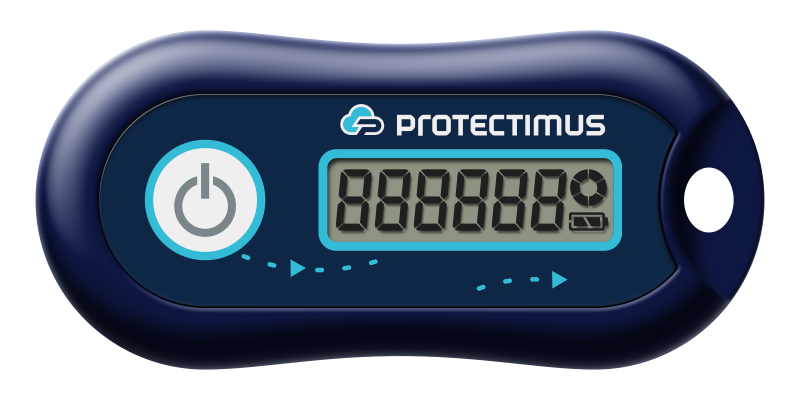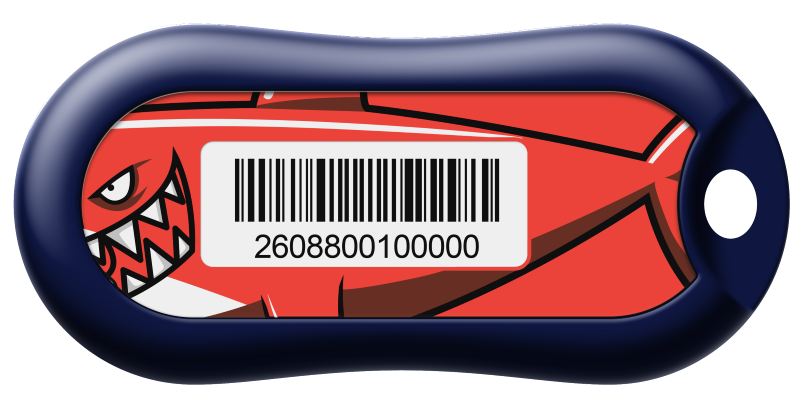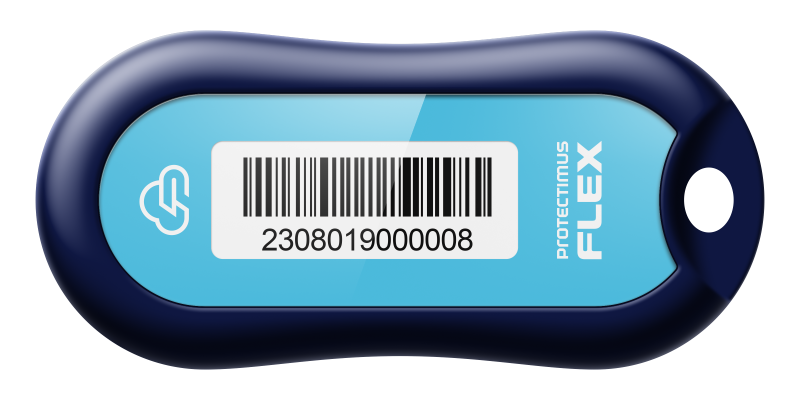Authentication is the process of verifying that someone is who they claim to be. It’s a crucial element of security in digital environments, such as online accounts, computer networks, and mobile devices. Without proper authentication, anyone could gain unauthorized access to sensitive information or resources.
One type of authentication is called single-factor authentication, which relies on only one form of identification, usually a password. However, this method has proven to be insecure, as it’s relatively easy for hackers to guess or steal passwords.
Two-factor authentication
Two-factor authentication (2FA) is a specific type of MFA that uses two forms of identification, usually a password and a one-time code that’s sent to the user’s mobile device. This method provides an additional layer of security beyond just a password, as the one-time code is only valid for a short period of time and can’t be used again.
Two-Factor Authentication has been around for a while, with early implementations appearing as early as the 1980s. However, it became more widely used in the early 2000s as online security threats increased and more businesses began to adopt it as a standard security practice. Today, many online services and platforms offer 2FA as an option to help users protect their accounts from unauthorized access.
Here are some key differences between 2FA and MFA:
- Number of factors: 2FA requires two factors of authentication, while MFA requires two or more factors.
- Types of factors: 2FA typically uses two factors from two different categories – something you know (e.g., password or PIN) and something you have (e.g., mobile phone or hardware token). MFA, on the other hand, can use a combination of factors from multiple categories, including something you are (e.g., biometric data like fingerprints or facial recognition), something you have, and something you know.
- Level of security: While both 2FA and MFA provide an additional layer of security compared to single-factor authentication, MFA is generally considered to be more secure than 2FA because it uses more than two factors.
- Ease of use: 2FA is generally easier to set up and use compared to MFA, which can be more complex due to the use of multiple factors.
- Availability: 2FA is more widely available and supported by most online services and applications, while MFA may not be available or supported by all platforms.
In summary, while both 2FA and MFA provide additional security compared to single-factor authentication, MFA offers more comprehensive security with the use of multiple factors. However, it can be more complex and may not be available or supported by all platforms. 2FA, on the other hand, is easier to use and more widely available.
Strong authentication
Another type of MFA is called Strong authentication. Strong authentication is a method of authentication that uses multiple high-level factors for more reliable user authentication. Unlike standard single-factor authentication, which is based on something the user knows, such as a password, strong authentication requires the use of more reliable factors, such as unique biometric data, smart cards, tokens, and other hardware devices.
Using strong authentication increases the level of security and protects against fraud and hacker attacks, as the combination of different factors makes it more difficult for attackers to guess passwords or otherwise compromise the system. Strong authentication is becoming an increasingly popular method of authentication in the field of online security and is used in various sectors, including banking, healthcare, government agencies, e-commerce, and more.
The term “strong authentication” was coined in 2005 as part of the implementation of a user authentication program under the United States National Information Assurance Partnership (NIAP). It developed information security standards and recommendations and approves certificates for technologies and products that meet these standards.
There are three main types of authentication factors:
Something the user knows: this could be a password, PIN, or the answer to a secret question.
Something the user has: this could be a mobile device, token, smart card, or other device that generates one-time codes.
Something the user is: this could be biometric data, such as fingerprints, facial or voice recognition.






The combination of these three types of factors creates multi-factor authentication (MFA), which is more secure than single-factor or two-factor authentication. With MFA, the user must provide multiple authentication factors to access a system or protected information, making it more difficult to hack.
Other types of authentication
In addition to two-factor (2FA) and multi-factor (MFA) authentication, there are other types of authentication. Some of them include:
- Single-factor authentication: Only one authentication factor is required, such as a password or PIN code. Single-factor authentication is considered the least secure as the factor can be compromised.
- Biometric authentication: This type of authentication uses unique physical or behavioral characteristics of the user, such as fingerprints, voice, face, handwriting, etc.
- Certificate-based authentication: This method involves the client using a digital certificate to authenticate itself to the server. The digital certificate is issued by a trusted Certificate Authority that verifies the client’s identity.
- Token-based authentication: In this authentication method, the client uses a temporary token that is generated on the server or on a special device called an authenticator.
- Social network authentication: In this authentication method, the user uses their social network account (such as Facebook, Google, or Twitter) to access an application or service.
Additionally, there are other authentication methods, such as voice authentication, handwriting input, and other factors. Depending on the level of security, convenience, and specific situation requirements, organizations can choose the most suitable type of authentication.
In summary, the types of authentication described can be classified into different categories depending on the factors used to verify the identity of the user. Some authentication methods may only rely on a single factor, while others can use multiple factors in combination. For example, biometric authentication can be classified as either single-factor or multi-factor authentication depending on whether other factors are used alongside the biometric factor.
Similarly, token-based authentication may be classified as either two-factor or multi-factor authentication, depending on whether other factors are also used in conjunction with the token. Overall, the classification of authentication methods into different categories depends on the specific combination of factors used to provide strong and reliable user identification.
Authentication is a crucial aspect of information security and is necessary to protect sensitive data and prevent unauthorized access. The different types of authentication, including single-factor, multi-factor, and biometric authentication, provide varying levels of security and should be implemented based on the specific needs of the system and the level of protection required.
Regardless of the type of authentication used, there are several important factors to consider in the design of an authentication system. These include the reliability of the authentication method, the ease of use for users, the scalability of the system, and the ability to adapt to changing security requirements. In addition, it is essential to consider the potential risks and threats that the system may face and to design the system with appropriate safeguards and controls in place.
Overall, effective authentication requires a balance between security and usability, and careful consideration must be given to the selection and implementation of authentication methods in order to ensure the protection of sensitive data and the prevention of unauthorized access.





1 comment
Outstanding post, I believe people should learn a lot from this web blog its rattling user genial.